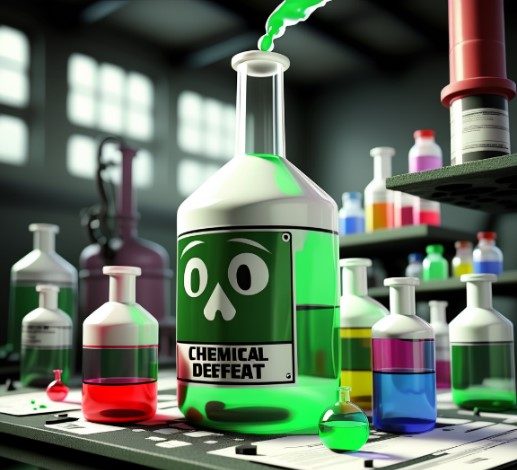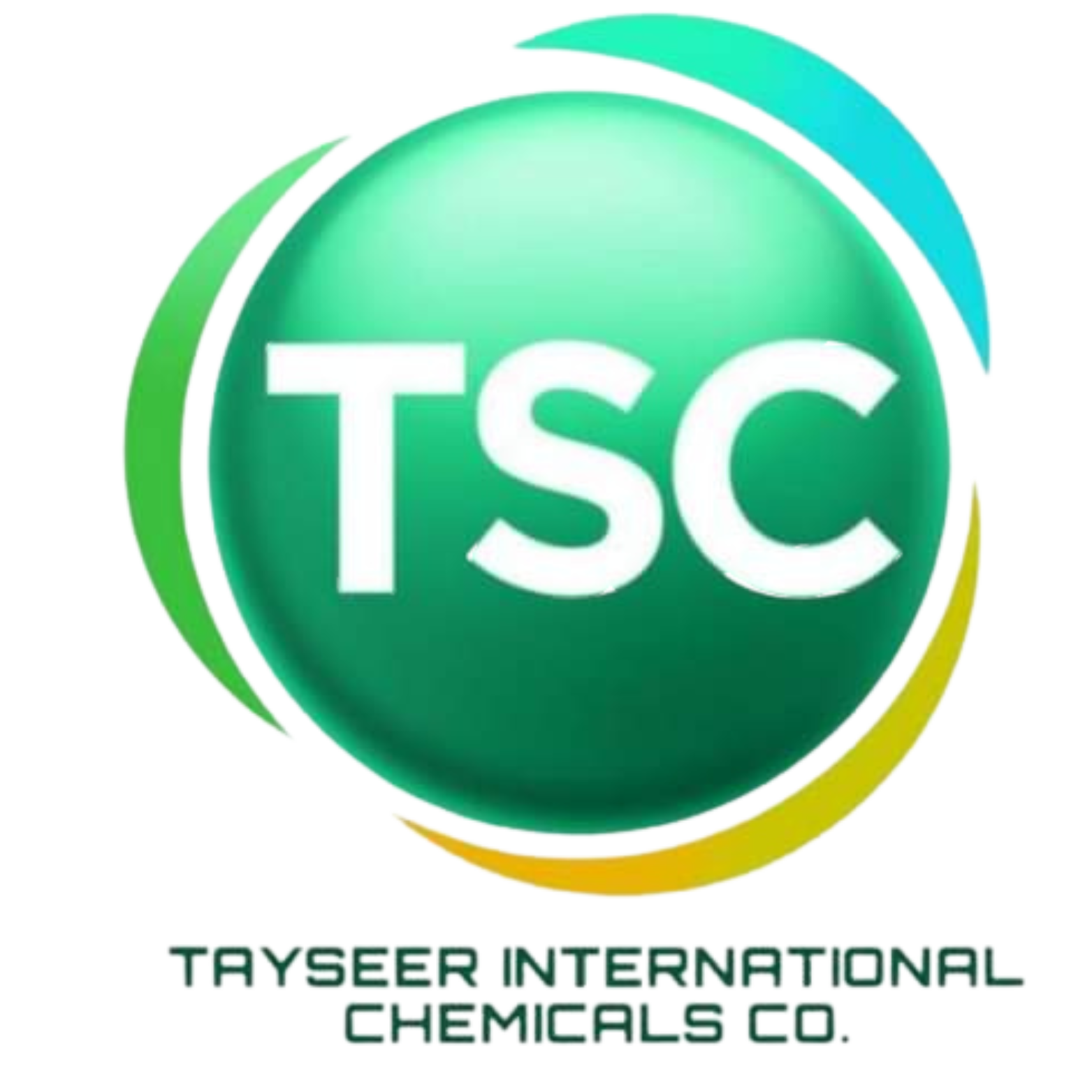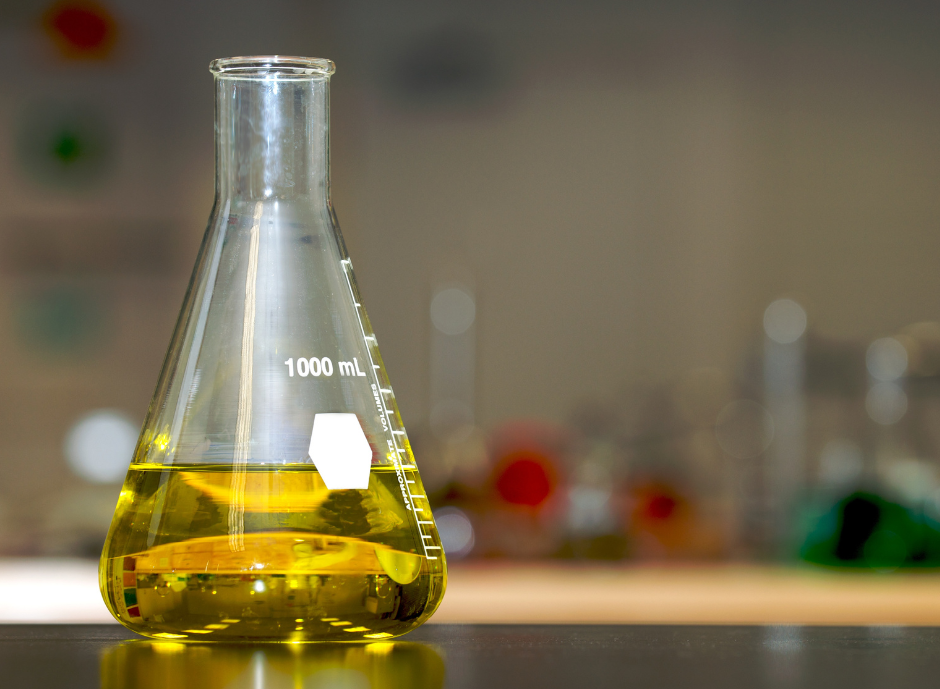PAC or polyaluminium chloride is an inorganic polymer synthesized from the dissolution of aluminum hydroxide in hydrochloric acid. It is well-known for being used in water treatment as a coagulant. PAC is characterized by the hydroxide ion, which gives basicity to aluminium ions, increasing its positive charge density.
PAC Application in Water Treatment
PAC’s high positive charge density makes it a stronger destabilizer of negatively charged particles or zeta potential. This is simply mixing the coagulant and the suspended impurities in water with enough contact time and letting it settle in the bottom of the clarifier. The dose of PAC depends on the turbidity of the water. The dose cannot be standardized for all water types, as each type has its own characteristics. The exact dosage can be estimated by performing a jar test.
Why PAC, not Alum?
PAC is considered more cost-effective in water & wastewater coagulants than Alum. This can be due to its lower dosage, which lowers cost and reduces the risk of aluminum toxicity due to less aluminum produced in the effluent. In addition, PAC produces less sludge. It has a wider application pH range that does not need pH adjustment, unlike alum, which leads to less consumption of acid and base. Also, unlike alum, effluent water has lower pH variation, which causes a salient pH drop. PAC is considered to produce effluent water quality better than alum. PAC forms denser flocs and bigger flocs which decreases the settling time needed.

Does PAC have other applications other than water treatment?
PAC is strongly well-known in water treatment as a coagulant, nevertheless, PAC has other uses. PAC is found in the paper and oil & gas industries. In the paper industry, PAC is used as a retention aid with the sizing agent to improve the water-resistance of paper and the retention of raw materials. PAC is used in treating produced water in the oil and gas industry, as it is used as a coagulant, which helps the oil-water separation process.

